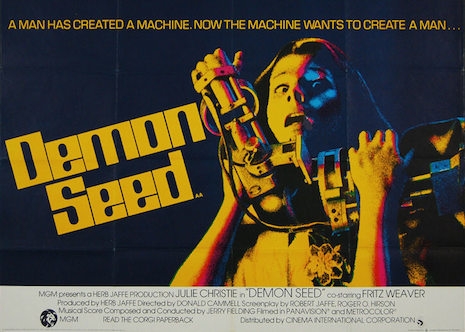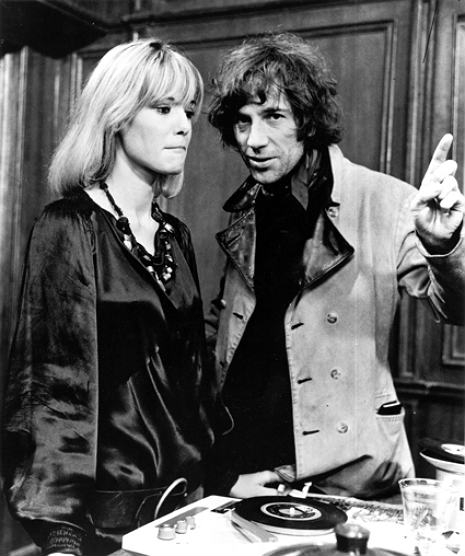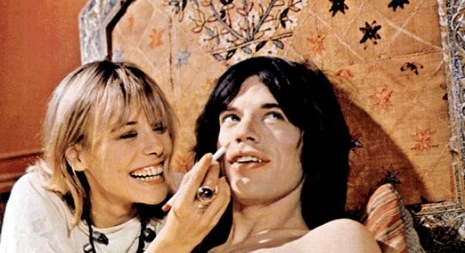
The stories about the making of Donald Cammell and Nicolas Roeg’s Performance are almost as infamous as the movie itself. Some are true, some are not. But even the most excessive tales of sex and drugs and, well you know, rock ‘n’ roll during its making have never eclipsed the visceral power of the film itself.
Performance was written by Cammell. He had Marlon Brando teed-up to star as Chas—an American gangster in London who holes-up with a reclusive pop star. As Cammell worked on the script, he became more obsessed with identity, sexuality and violence. It made the script a far darker thing. When Brando dropped out, James Fox moved in.
Fox was best known for a certain kind of upper class character—either being exploited as in Joseph Losey’s The Servant, or being comically stiff upper lip as can be seen in Those Magnificent Men in their Flying Machines, or just being the right honorable eye-candy in Throughly Modern Millie. Fox took his role as Chas very, very seriously. He spent (according to some reports) six months “going native” with a few of London’s most notorious East End gangsters.
The casting of Mick Jagger as the androgynous, bisexual, drug-addled rock star recluse Turner was a touch of genius. At that time, no one could have played the part with Jagger’s ethereal, fey menace. As a side note: Jagger and the rest of The Rolling Stones thought they were going to star in a swinging sixties Beatlesque romp with lots of musical numbers and Dick Lester antics.
Roeg was originally only hired as the cameraman. When filming began in a house on Powis Square, London, Cammell became all too aware that he did not know what he was doing behind the camera, and needed someone else to be the eyes while he created the mood, tension and magic in front of the lens.
This magic included consuming large quantities of drugs and (allegedly) some full on sex between Jagger and co-stars Anita Pallenberg and Michèle Breton. Pallenberg was, of course, Keith Richards’ girlfriend. As Jagger and Pallenberg performed in front of the camera, Richards sat outside the location chain smoking, drinking and fuming over what his fellow Stone and woman were getting up to. The footage of Jagger’s sexual hi-jinks with his co-stars nearly had the film prosecuted and shut down. When the rushes were sent out, the lab refused to process the footage as it was considered pornographic. The footage was destroyed. But some of this explicit footage—or so it has long been rumored—survived and was edited together (allegedly by Cammell himself) into a short porn movie which won first prize at some underground porn festival in Amsterdam.
If it wasn’t the sex, then it was the violence that caused the outrage. Roeg and Cammell presented violence as realistically as possible. No John Wayne slugging it out without so much as a chipped tooth. Instead, this violence was brutal, bloody, arousing and horrific. The British Board of Film Classification objected to the editing together of scenes of a sexual nature with those of excessive and disturbing violence. In particular they wanted the head shaving scene cut as “forcible shaving is something that could be imitated by young people.”
The film studios hated Performance. At an in-house screening, the wife of one producer hurled chunks. A recut was demanded. While Roeg was off in Australia directing Walkabout, Cammell weaved some of his “alchemical magic” in the cutting room.
When it was eventually released in 1970, Performance was met with overwhelmingly negative reviews. The critic for LIFE magazine described Performance as “the most completely worthless film I have ever seen since I began reviewing.” This is still one of the very few reviews Roeg has ever kept. Warner Brothers threatened to sue both directors on the grounds they had failed to deliver the Beatlesque Stones’ movie they had “expected.”
Thankfully, Cammell and Roeg had chosen their own course and stuck to it. Today, Performance is considered one of the most original and influential movies made during the 1960s. Fox is unforgettable. Jagger has never been better onscreen. While Roeg went on to greater success, Cammell was never to be allowed to express such completeness of vision again.
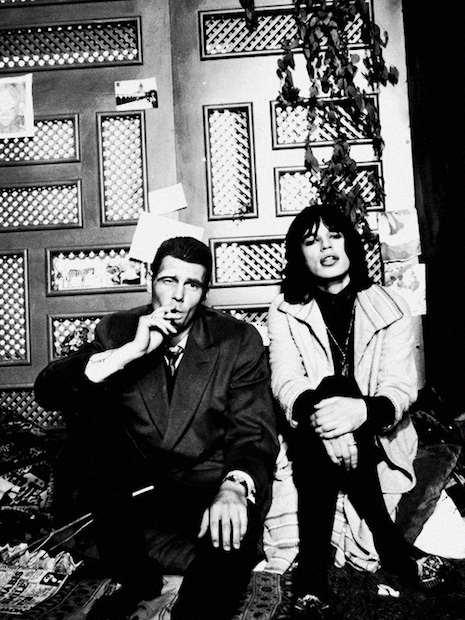
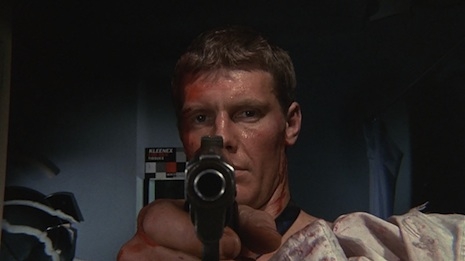
James Fox as East End gangster Chas.

Much more behind the scenes of ‘Performance’ after the jump…






